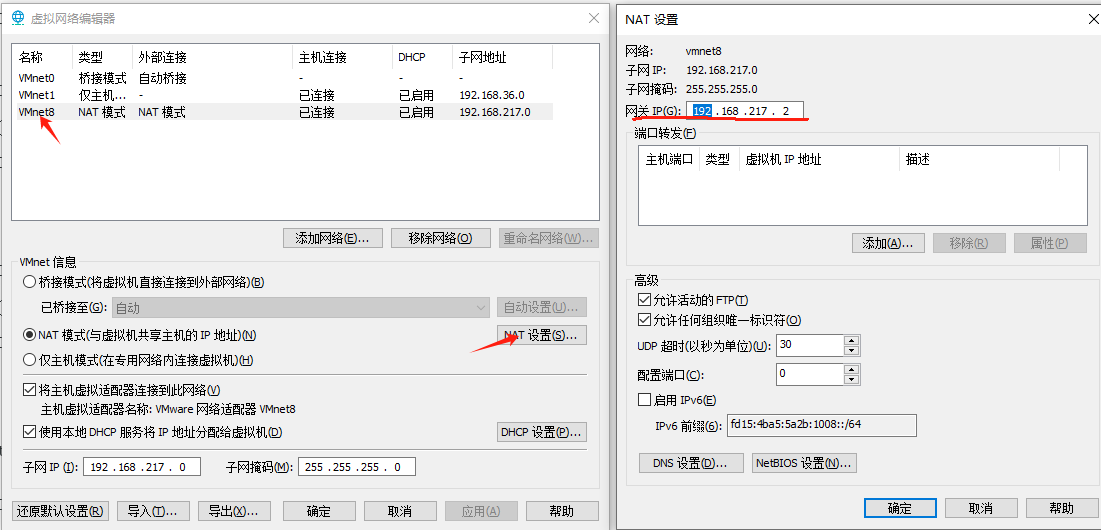题目
题目链接
题目主要信息:
- 给定两个链表,每个链表中节点值都是0-9,每个链表就可以表示一个数字
- 将两个链表表示的数字相加,结果也存在链表中
举一反三:
学习完本题的思路你可以解决如下题目:
BM1.反转链表
BM86.大数加法
方法:反转链表法(推荐使用)
思路:
既然链表每个节点表示数字的每一位,那相加的时候自然可以按照加法法则,从后往前依次相加。但是,链表是没有办法逆序访问的,这是我们要面对第一只拦路虎。解决它也很简单,既然从后往前不行,那从前往后总是可行的吧,将两个链表反转一
下:
while(cur != null){//断开链表,要记录后续一个ListNode temp = cur.next;//当前的next指向前一个cur.next = pre; //前一个更新为当前pre = cur; //当前更新为刚刚记录的后一个cur = temp;
}
即可得到个十百千……各个数字从前往后的排列,相加结果也是个位在前,怎么办?再次反转,结果不就正常了。
具体做法:
- step 1:任意一个链表为空,返回另一个链表就行了,因为链表为空相当于0,0加任何数为0,包括另一个加数为0的情况。
- step 2:相继反转两个待相加的链表,反转过程可以参考反转链表。
- step 3:设置返回链表的链表头,设置进位carry=0.
- step 4:从头开始遍历两个链表,直到两个链表节点都为空且carry也不为1. 每次取出不为空的链表节点值,为空就设置为0,将两个数字与carry相加,然后查看是否进位,将进位后的结果(对10取模)加入新的链表节点,连接在返回链表后面,并继续往后遍历。
- step 5:返回前将结果链表再反转回来。
图示:
Java实现代码:
import java.util.*;
public class Solution {//反转链表public ListNode ReverseList(ListNode pHead) { if(pHead == null)return null;ListNode cur = pHead;ListNode pre = null;while(cur != null){//断开链表,要记录后续一个ListNode temp = cur.next;//当前的next指向前一个cur.next = pre; //前一个更新为当前pre = cur; //当前更新为刚刚记录的后一个cur = temp; }return pre;}public ListNode addInList (ListNode head1, ListNode head2) {//任意一个链表为空,返回另一个if(head1 == null) return head2;if(head2 == null)return head1;//反转两个链表head1 = ReverseList(head1); head2 = ReverseList(head2);//添加表头ListNode res = new ListNode(-1); ListNode head = res;//进位符号int carry = 0; //只要某个链表还有或者进位还有while(head1 != null || head2 != null || carry != 0){ //链表不为空则取其值int val1 = head1 == null ? 0 : head1.val; int val2 = head2 == null ? 0 : head2.val;//相加int temp = val1 + val2 + carry; //获取进位carry = temp / 10; temp %= 10; //添加元素head.next = new ListNode(temp); head = head.next;//移动下一个if(head1 != null) head1 = head1.next;if(head2 != null)head2 = head2.next;}//结果反转回来return ReverseList(res.next); }
}
C++实现代码:
class Solution {
public://反转链表ListNode* ReverseList(ListNode* pHead) { if(pHead == NULL)return NULL;ListNode* cur = pHead;ListNode* pre = NULL;while(cur != NULL){//断开链表,要记录后续一个ListNode* temp = cur->next; //当前的next指向前一个cur->next = pre; //前一个更新为当前pre = cur; //当前更新为刚刚记录的后一个cur = temp; }return pre;}ListNode* addInList(ListNode* head1, ListNode* head2) {//任意一个链表为空,返回另一个if(head1 == NULL) return head2;if(head2 == NULL)return head1;//反转两个链表head1 = ReverseList(head1); head2 = ReverseList(head2);//添加表头ListNode* res = new ListNode(-1); ListNode* head = res;//进位符号int carry = 0; //只要某个链表还有或者进位还有while(head1 != NULL || head2 != NULL || carry != 0){ //链表不为空则取其值int val1 = head1 == NULL ? 0 : head1->val; int val2 = head2 == NULL ? 0 : head2->val;//相加int temp = val1 + val2 + carry; //获取进位carry = temp / 10; temp %= 10; //添加元素head->next = new ListNode(temp); head = head->next;//移动下一个if(head1 != NULL) head1 = head1->next;if(head2 != NULL)head2 = head2->next;}//结果反转回来return ReverseList(res->next); }
};
Python代码实现:
class Solution:#反转链表def ReverseList(self, pHead:ListNode): if pHead == None:return Nonecur = pHeadpre = Nonewhile cur:#断开链表,要记录后续一个temp = cur.next #当前的next指向前一个cur.next = pre #前一个更新为当前pre = cur #当前更新为刚刚记录的后一个cur = temp return predef addInList(self , head1: ListNode, head2: ListNode) -> ListNode:#任意一个链表为空,返回另一个if head1 == None: return head2if head2 == None:return head1#反转两个链表head1 = self.ReverseList(head1) head2 = self.ReverseList(head2)#添加表头res = ListNode(-1) head = res#进位符号carry = 0 #只要某个链表还有或者进位还有while head1 != None or head2 != None or carry != 0: #链表不为空则取其值val1 = 0 if head1 == None else head1.val val2 = 0 if head2 == None else head2.val#相加temp = val1 + val2 + carry #获取进位carry = (int)(temp / 10) temp %= 10#添加元素head.next = ListNode(temp) head = head.next#移动下一个if head1: head1 = head1.nextif head2:head2 = head2.next#结果反转回来return self.ReverseList(res.next)
复杂度分析:
- 时间复杂度:\(O(max(m,n))\),其中\(m\)与\(n\)分别为两个链表的长度,翻转链表三次,复杂度分别是\(O(n)\)、\(O(m)\)、\(O(max(m,n))\),相加过程也是遍历较长的链表
- 空间复杂度:\(O(1)\),常数级指针,没有额外辅助空间,返回的新链表属于必要空间












